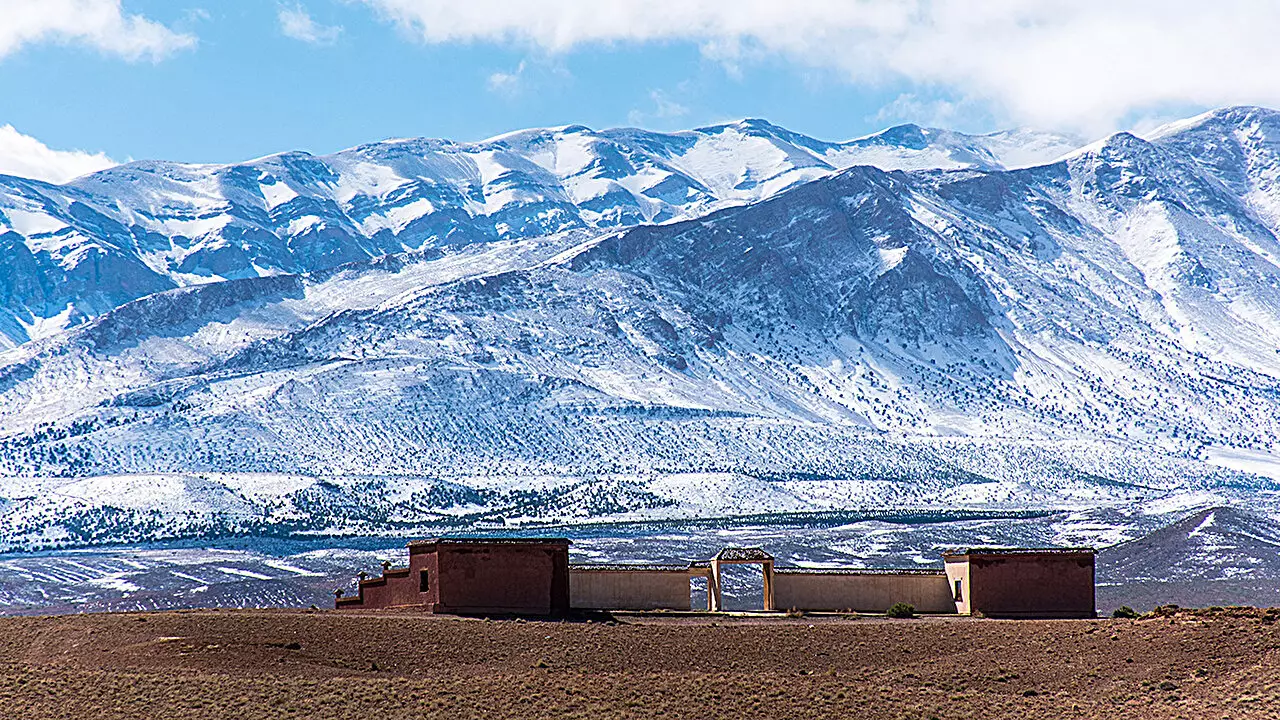The seismic activity in Morocco has been historically concentrated near the Rif Mountains in the northern region. However, the 2023 earthquake that struck Western Morocco, causing widespread devastation, took place in the High Atlas Mountains. These mountains are known for their significant height, with peaks reaching over 4,000 meters. Unlike the Rif Mountains, where the African and Eurasian plates converge at a faster rate, the High Atlas Mountains experience a much slower convergence, approximately 1 millimeter per year. The unique geological conditions in this region, including mantle upwelling, have contributed to the formation of the exceptionally tall peaks.
Origin of the 2023 Earthquake
A study conducted by Kai Huang and his team revealed that the 2023 earthquake originated in the Tizi n’Test fault system, with a fault plane located about 26 kilometers below the surface. The strongest effects of the rupture were observed at depths ranging from 12 to 36 kilometers. Surprisingly, the earthquake caused displacement of the Moho, the boundary between the Earth’s crust and mantle, located approximately 32 kilometers beneath the surface. This deep origination of the seismic event, far from typical plate boundaries, led the researchers to believe that the earthquake might have been triggered by mantle upwelling rather than shallow faulting activity.
Implications for Seismic Hazard Models
The findings from the study published in Geophysical Research Letters highlight the need to incorporate data about deeper dynamics in intraplate regions into seismic hazard models. Traditionally, seismic monitoring and hazard assessments have focused on plate boundary dynamics, neglecting the complexities of intraplate regions like the High Atlas Mountains in Morocco. The researchers emphasize the importance of monitoring such regions due to their slow deformation rates and complex fault structures, which can lead to infrequent but catastrophic earthquakes.
The 2023 earthquake in Morocco serves as a stark reminder of the unpredictable nature of seismic events and the importance of comprehensive geological studies in earthquake-prone regions. By expanding our understanding of deeper dynamics and incorporating this knowledge into seismic hazard models, we can improve our preparedness and response to future earthquakes, potentially saving lives and minimizing damage.


Leave a Reply